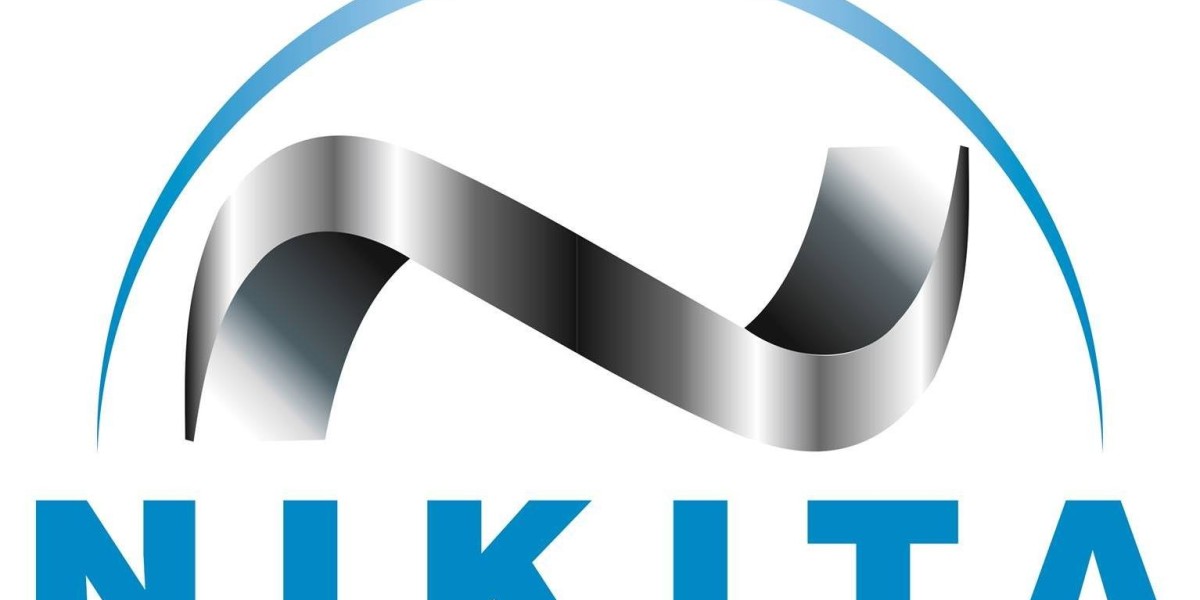Tin manufacturers face a wide range of challenges in today’s competitive global market. The increasing demand for tin in industries such as electronics, packaging, automotive, and renewable energy has led to greater pressure on tin manufacturers to meet both quality and quantity expectations. However, this booming demand is accompanied by several hurdles that manufacturers must overcome in order to maintain profitability and remain competitive.
1. Fluctuating Tin Prices
One of the most significant challenges faced by tin manufacturers is the volatility of tin prices. Tin is a commodity, and its price is highly influenced by factors such as supply and demand dynamics, geopolitical tensions, and changes in global market conditions. Fluctuating tin prices can make it difficult for manufacturers to accurately forecast costs and maintain consistent profit margins.
For example, fluctuations in the price of tin can impact the cost of raw materials, making it more difficult for manufacturers to offer competitive pricing to customers. When prices rise suddenly, manufacturers may need to pass these increases on to their clients, which could affect demand for their products. On the other hand, when prices fall, manufacturers may face lower revenues, which can strain their ability to reinvest in their operations.
2. Supply Chain Disruptions
Another major challenge for tin manufacturers is the risk of supply chain disruptions. Tin is mined in specific regions around the world, with significant production in countries such as Indonesia, China, and Peru. Political instability, natural disasters, or changes in trade policies in these regions can have a direct impact on the global tin supply.
Furthermore, the logistics of transporting tin and tin-based products across borders can be complicated by global trade tensions, customs regulations, and shipping delays. Supply chain disruptions can result in raw material shortages, delays in production, and difficulties in meeting customer demands. Manufacturers may need to diversify their supply chains or invest in additional inventory to mitigate these risks.
3. Environmental and Sustainability Concerns
As with many other industries, tin manufacturers are increasingly facing pressure to adopt environmentally sustainable practices. The mining and production of tin can have significant environmental impacts, such as deforestation, soil erosion, water pollution, and greenhouse gas emissions. These concerns have led to calls for greater environmental responsibility and more sustainable manufacturing processes.
Manufacturers are now faced with the challenge of balancing production needs with environmental sustainability. Some have begun to implement recycling initiatives to reduce the environmental footprint of tin production, while others are focusing on improving energy efficiency in their manufacturing plants. Additionally, the tin mining industry has faced criticism over labor practices and the environmental degradation caused by unregulated mining in some countries. Manufacturers must ensure that they are sourcing their tin responsibly to avoid negative associations with "conflict minerals."
4. Technological Advancements and Innovation
The push for continuous innovation and technological advancements presents both opportunities and challenges for tin manufacturers. As demand grows for high-performance materials, such as those used in electronics and renewable energy applications, manufacturers must invest in research and development to stay competitive. Innovations in areas such as soldering materials, coatings, and renewable energy technologies are creating new markets for tin, but these markets also require tin manufacturers to adopt new production methods and technologies.
The rapid pace of technological change can be difficult for manufacturers to keep up with, particularly smaller companies with limited resources. Investing in new technologies can be expensive, and there is always the risk that a new process or product development may not achieve the anticipated market success. Manufacturers must also ensure that they are meeting the stringent quality and regulatory standards required for industries like electronics and healthcare, which can add complexity to the manufacturing process.
5. Competition from Alternative Materials
The increasing demand for tin in industries like electronics and packaging has sparked competition from alternative materials that can serve similar functions. For instance, in the electronics industry, the rise of lead-free solder alternatives has decreased the reliance on tin-based solders in some applications. Similarly, in the packaging industry, plastic and aluminum are often used as substitutes for tinplate in certain products, such as beverage cans.
As research and development in materials science continues, other metals or materials may be developed that offer similar benefits to tin at a lower cost or with fewer environmental impacts. This competition from alternative materials puts pressure on tin manufacturers to continuously improve the cost-effectiveness and performance of their products to maintain their market share.
6. Labor Shortages and Skills Gaps
The manufacturing sector in general faces challenges related to labor shortages and skills gaps. Tin manufacturing is no exception. The complexity of modern manufacturing processes, particularly those involving tin-based alloys or high-precision tin coatings, requires skilled workers with specialized knowledge. However, many regions face a shortage of skilled labor, which can limit the ability of tin manufacturers to maintain high levels of production or innovate in their processes.
Additionally, as older workers retire, there is a need for younger generations to step into roles that require advanced technical expertise. Manufacturers must invest in workforce development programs, including training and apprenticeships, to ensure that the next generation of workers is equipped with the skills needed for modern manufacturing.
7. Regulatory Compliance and Trade Barriers
Regulatory compliance is another challenge that tin manufacturers must navigate. Countries around the world have different regulations regarding the mining, processing, and use of tin, and manufacturers must ensure that they are in compliance with local and international laws. This includes regulations related to environmental protection, labor standards, and product safety.
Trade barriers, such as tariffs and import/export restrictions, can also complicate the global distribution of tin products. For example, countries may impose tariffs on imported tin or tin-based products, which can increase costs for manufacturers and make their products less competitive in certain markets. As the global marketplace becomes more interconnected, staying compliant with evolving regulatory requirements and navigating trade barriers becomes increasingly complex for manufacturers.
8. Rising Energy Costs
Energy costs are a significant consideration for tin manufacturers, as the processes involved in tin mining, refining, and production are energy-intensive. From the smelting of tin ore to the production of tinplate and alloys, the manufacturing of tin products requires substantial amounts of electricity and fuel. Rising energy prices can lead to higher production costs, reducing manufacturers' margins and making it harder to stay competitive, especially in markets where price sensitivity is high.
To mitigate rising energy costs, some manufacturers are turning to renewable energy sources, such as solar or wind power, to reduce their reliance on traditional energy supplies. Others are focusing on improving energy efficiency in their operations through technological advancements and process optimization. However, these changes require upfront investment and may take time to yield significant results.
Conclusion
Tin manufacturers are facing a range of challenges in today’s market, from price fluctuations and supply chain disruptions to environmental concerns and competition from alternative materials. While these challenges can be difficult to navigate, they also present opportunities for growth, innovation, and the adoption of more sustainable and efficient practices.
By staying ahead of market trends, investing in technology and talent, and adapting to changing regulatory and environmental demands, tin manufacturers can continue to thrive in an increasingly complex and competitive global market.








